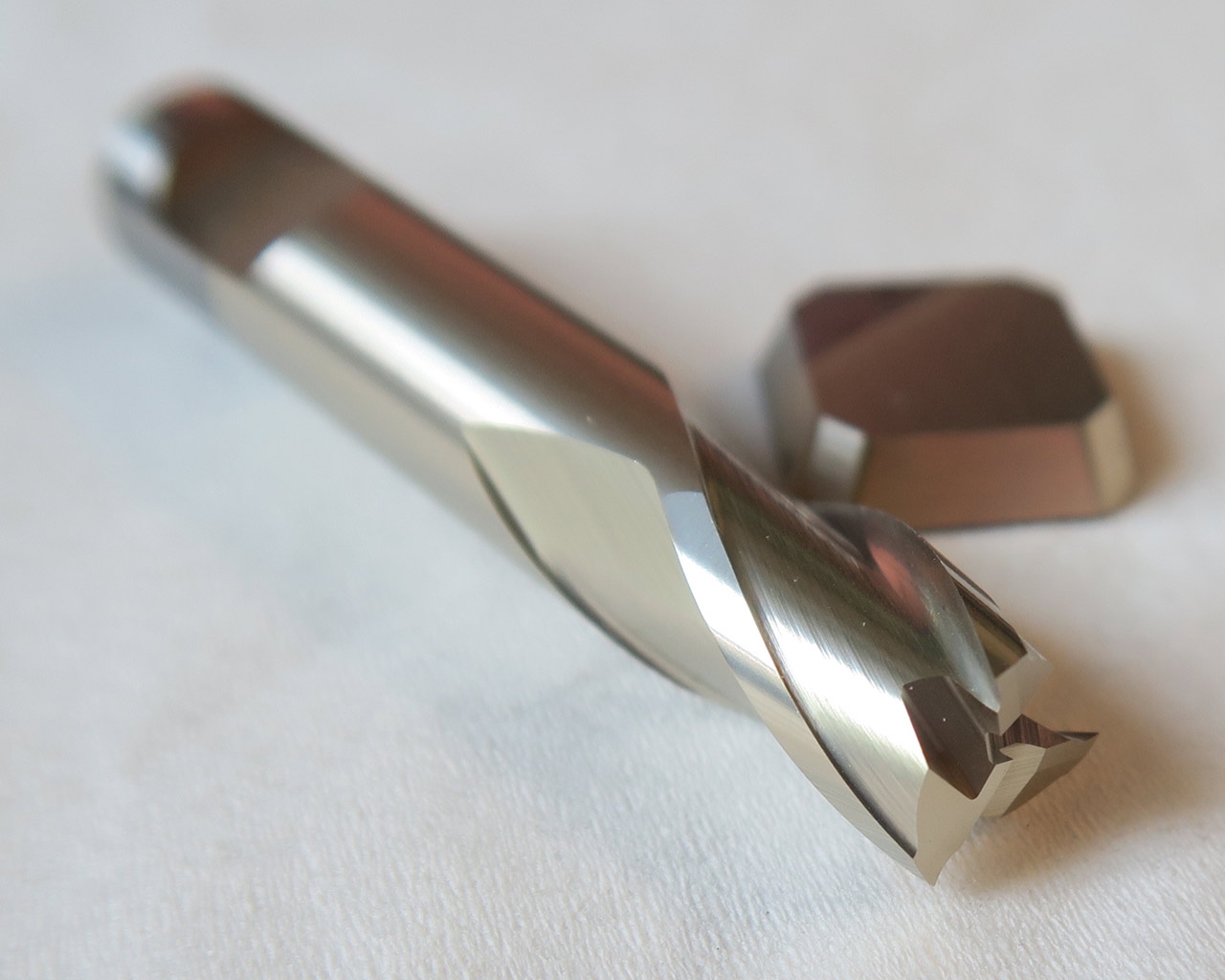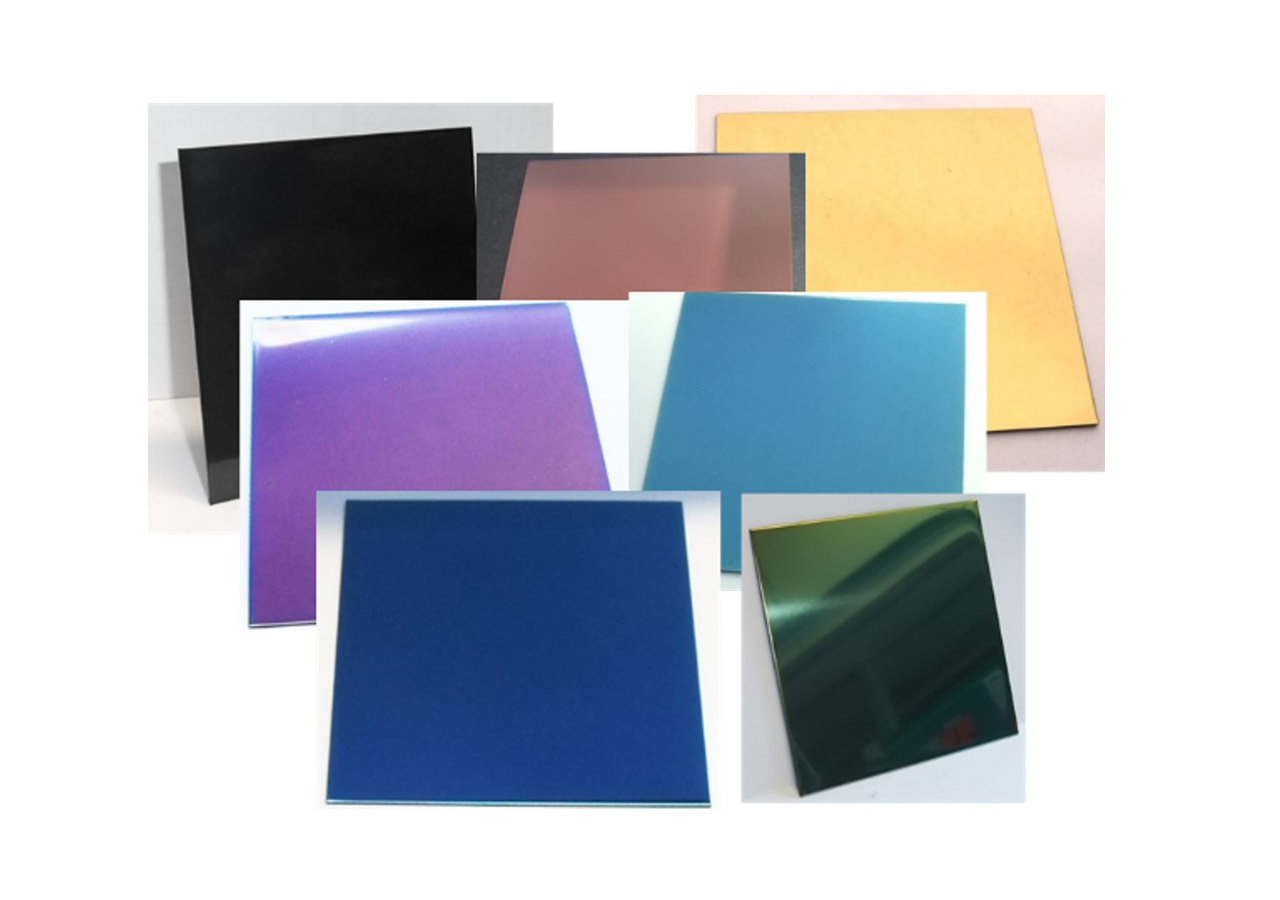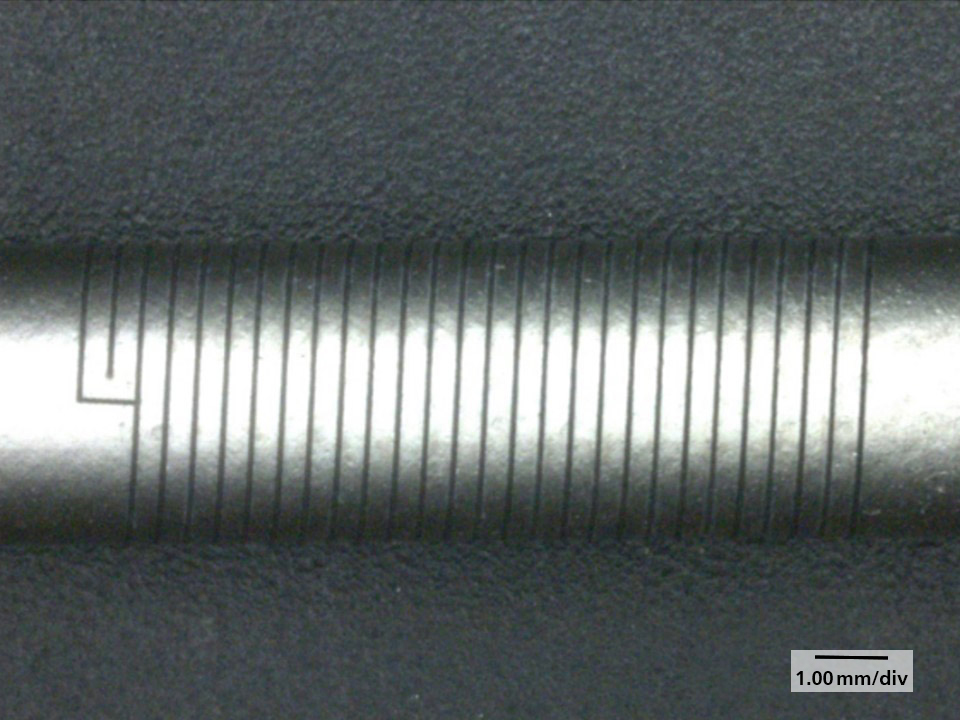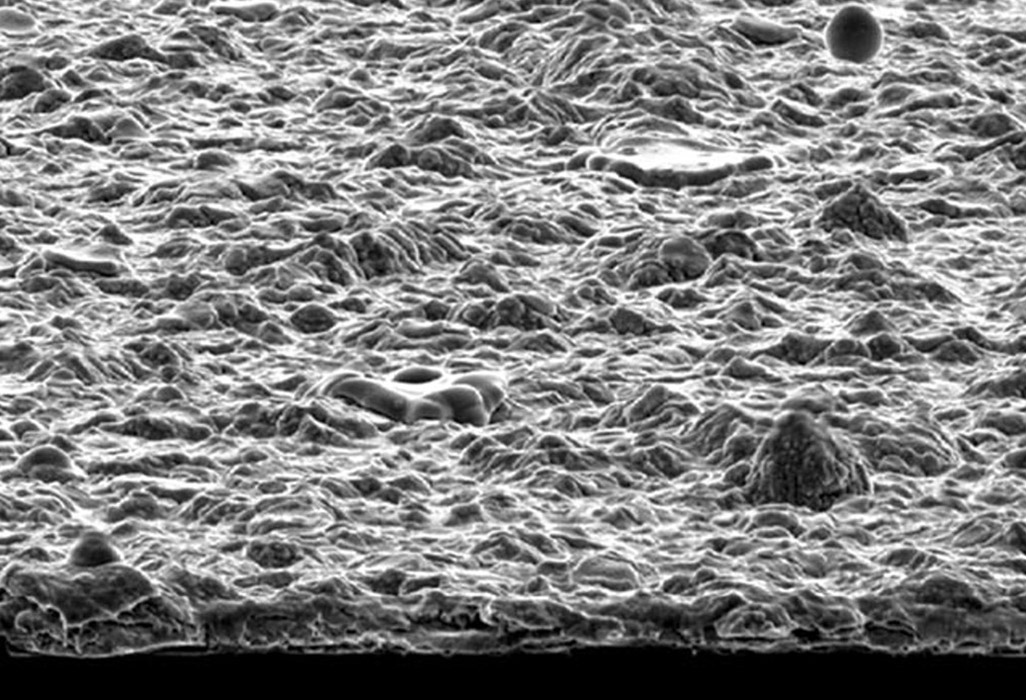
Modern machining technologies are inconceivable without tools with high-performance coatings. In particular, innovative processes, e.g. for high-speed, hard and dry machining, place high demands on the tool surface and increasingly require tailored, functional and robust high-performance coatings. In addition to high-performance tool coatings, the coating of machine elements to achieve optimum friction and wear properties is the key to increasing resource and energy efficiency and ensuring reliability.
 Fraunhofer Institute for Material and Beam Technology IWS
Fraunhofer Institute for Material and Beam Technology IWS

